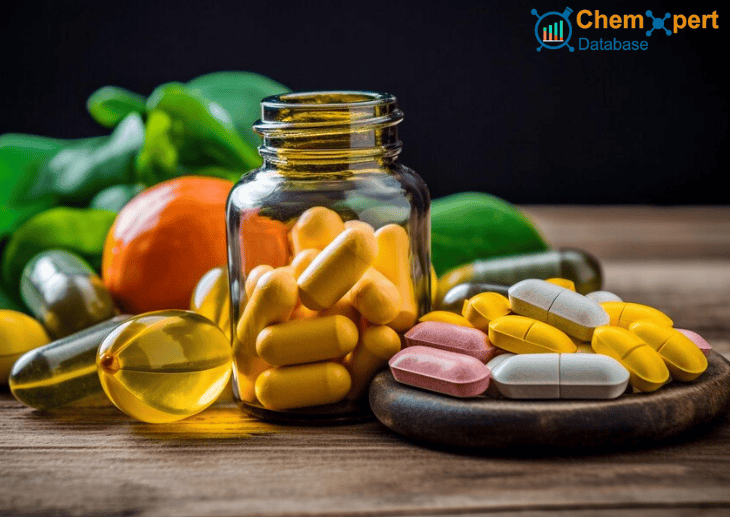Introduction:
Active pharmaceutical ingredients are a the core of medicinal products. They are the biologically active components responsible for therapeutic effects of drugs. In order to understand the development, efficacy and safety of pharmaceutical products, understanding the APIs is essential. The aim of this blog is to explore the API world, exploring their importance, types and manufacturing processes as well as legal aspects.
Significance of APIs:
The essential basis of the pharmaceutical formulation is an API, which determines the effectiveness and safety of medicines. In order to guarantee purity, potency and stability they are synthesised using strict processes. The API serves as a medicine for the purpose of targeting particular biological pathways or disease mechanisms, and so provides desirable medical outcomes.
Types of APIs:
- Synthetic APIs: Chemical synthesis of APIs is carried out using natural reactions in laboratory conditions. These APIs allow a precise control of the structure and purity of molecules, which is capable of providing a coherent effect for treatment.
- Biotechnological APIs: Biotechnological APIs come from live organisms such as bacteria, yeast or mammalian cells. It is made using recombinant DNA or fermentation processes. Bio APIs are proteins, peptides and monoclonal antibodies that offer targeted and effective therapeutic interventions.
- Natural APIs: The extraction and purification of the naturally occurring APIs shall be carried out from a variety of sources, including plants, animals or minerals. They include herbal extracts, animal derived hormones and mineral supplements. The chemical composition of the APIs may be heterogeneous and may increase the variability in potency and bioavailability.
Examples of APIs: In particular, the following are common OTC and prescription medicinal products and their API:
- Advil: An anti-inflammatory having API Ibuprofen.
- Tylenol: Tylenol Manufactured with well-known API, acetaminophen.
- Amoxil: Amoxicillin is the API in this drug.
- Lipitor: Lipitor contains atorvastatin.
- Neurontin: Neurontin have gabapentin as an API.
Manufacturing Processes:
In order to ensure quality, safety and compliance with regulations, the production of APIs involves complex procedures. The following key steps are taken in the production of API:
- Raw Material Sourcing: Procurement in accordance with pharmacopoeial standards and quality specifications of basic materials, such as the first material, reagents or solvents.
- Chemical Synthesis or Extraction: The synthesis of chemicals involves a step by step reaction to assemble the molecular structures, while extractions using solvent based or chromatographic techniques involve separating APIs from natural sources.
- Purification: Pureness techniques, e.g. crystallization, chromatography or filtration, shall be applied to remove impurities and contaminants as well as guarantee the purity and potency of API.
- Formulation: In order to improve stability, solubility and bioavailability, active pharmaceutical ingredients are formulated into dosage forms such as tablets, capsules or injections incorporating excipients.
- Quality Control: In order to authenticate the identity, purity and potency of APIs, strict quality control measures shall be carried out in addition to analyses, spectroscopic analysis or microbiological testing.
- Regulatory Aspects: The production, distribution and use of active pharmaceutical ingredient is regulated by standard regulatory authorities around the world with a view to protecting patients' safety and quality. Regulatory requirements encompass Good Manufacturing Practices (GMP), quality standards, documentation, and pharmacovigilance. The API shall be subject to rigorous testing and verification procedures, as well as manufacturers complying with specific requirements over the life of the product.
Chemxpert Database:
Comprehensive information on active pharmaceutical ingredients, including market size, growth factors and regulatory submissions is provided by the Chemxpert Database, a top API database service provider company in India. In more than 200 countries, it covers about 1 million molecules in different sectors. The database facilitates informed decisions in the pharmaceutical industry by connecting suppliers, manufacturers and buyers of API.
Conclusion:
In a nutshell, to ensure that medicines are effective for patients, active pharmaceutical ingredients are the key player in this industry. A complete knowledge of the production, quality control and regulation procedures related to APIs is essential in order to ensure that such products are safe and effective. As the evolution of medical innovation continues, APIs are expected to continue to play a key role in advancing health outcomes.
Let’s apply Data-Driven Pricing to Your APIs
Sick and tired of always wondering if you are being asked to pay the right price for your APIs? This empowers you with the answers you need to make the right decisions in the Global API market.
Chemxpert Database is one of the biggest and most comprehensive directories of pharma and chemicals, manufacturers, suppliers and information. Provided with current information on prices, demand and transactions, it gives you instant feedback on whether you are buying what is right and at the right time.
Start using market intelligence today and allow yourself to be in control in the API market.
Check it out today and make more informed sourcing decisions!
Learn More!

